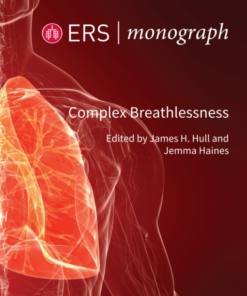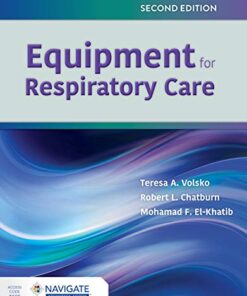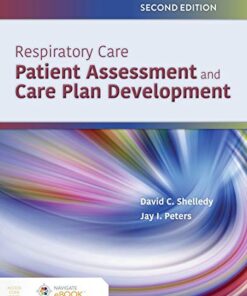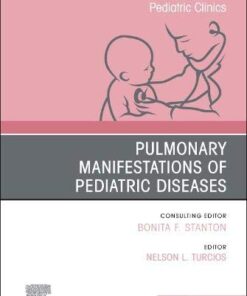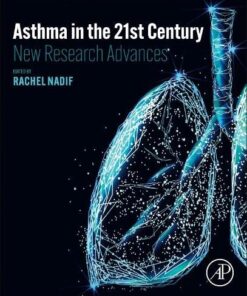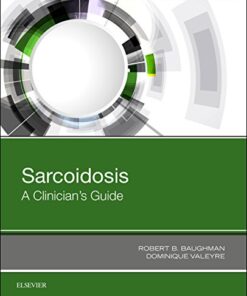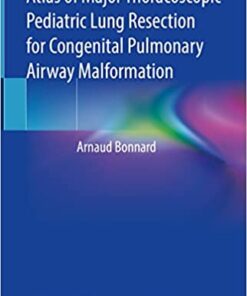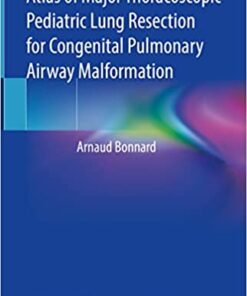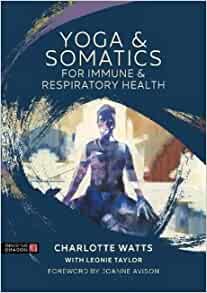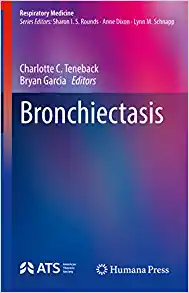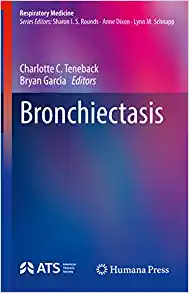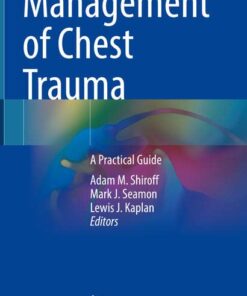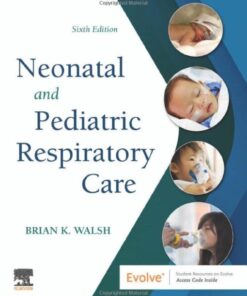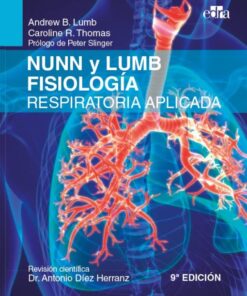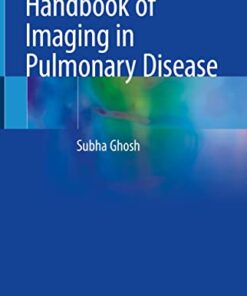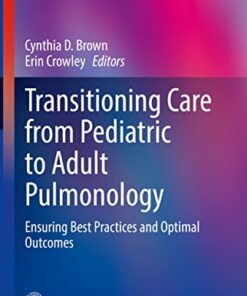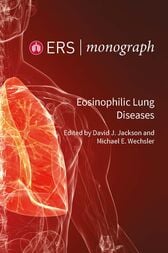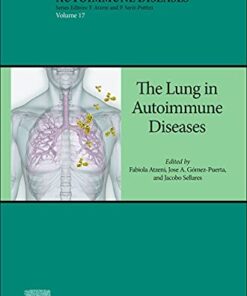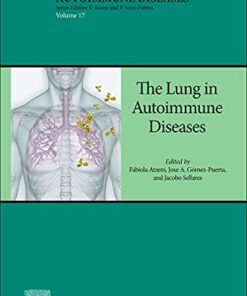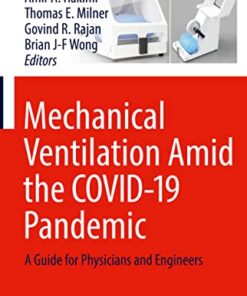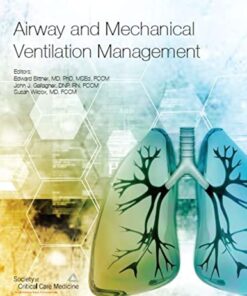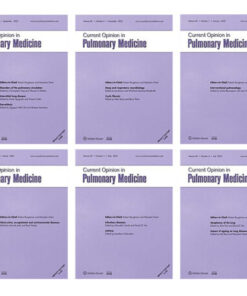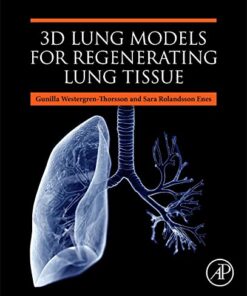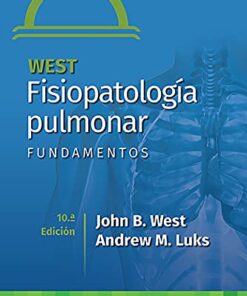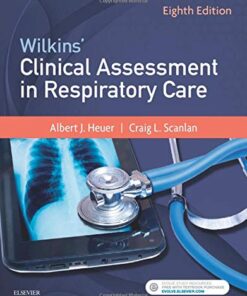Discover the Best Respiratory Books to Enhance Your Knowledge
Discover the Best Respiratory Books Now!
Are you looking for the best books on respiratory health? Look no further! At SurgeryBook.net, we have a wide selection of books that cover all aspects of respiratory health. From understanding the basics of respiratory physiology to learning about the latest treatments and therapies, our books provide comprehensive information on this important topic. Whether you are a medical professional or just someone interested in learning more about respiratory health, our books can help you gain a better understanding of the subject. With our easy-to-read format and clear explanations, you’ll be able to quickly get up to speed on the latest developments in respiratory health. So don’t wait any longer – explore our selection of respiratory books today and start learning more about this important topic! Visit SurgeryBook.net now to discover the best respiratory books!
RESPIRATORY BOOKS
RESPIRATORY BOOKS
RESPIRATORY BOOKS
Rapid Interpretation of Ventilator Waveforms, 3rd Edition (Original PDF from Publisher)
RESPIRATORY BOOKS
RESPIRATORY BOOKS
RESPIRATORY BOOKS
RESPIRATORY BOOKS
RESPIRATORY BOOKS
RESPIRATORY BOOKS
Bronchiectasis (Respiratory Medicine) (Original PDF from Publisher)
RESPIRATORY BOOKS
Neonatal and Pediatric Respiratory Care, 6th Edition (Original PDF from Publisher)
RESPIRATORY BOOKS
Nunn y Lumb Fisiología respiratoria aplicada, 9.ª Ed. (EPUB)
RESPIRATORY BOOKS
RESPIRATORY BOOKS
Handbook of Imaging in Pulmonary Disease (Original PDF from Publisher)
RESPIRATORY BOOKS
RESPIRATORY BOOKS
RESPIRATORY BOOKS
RESPIRATORY BOOKS
RESPIRATORY BOOKS
RESPIRATORY BOOKS
Sarcoidosis: A Clinician’s Guide (Original PDF from Publisher)
RESPIRATORY BOOKS
Current Opinion in Pulmonary Medicine 2022 Full Archives (True PDF)
RESPIRATORY BOOKS
West. Fisiopatología pulmonar. Fundamentos, Tenth edition (Spanish Edition) (High Quality Image PDF)
RESPIRATORY BOOKS
Wilkins’ Clinical Assessment in Respiratory Care, 8th Edition (Original PDF from Publisher)
Introduction
Are you looking to enhance your knowledge of respiratory health? Look no further than our list of the best respiratory books. From comprehensive guides to specialized topics, these books provide valuable insight into the world of respiratory health. Whether you're a medical professional or just curious about the subject, these books will help you gain a better understanding of the respiratory system and its related conditions. With expert advice from leading authors, you'll be able to make informed decisions about your own health and that of your loved ones. Read on to discover the best respiratory books to enhance your knowledge.
Understanding the Anatomy and Physiology of the Respiratory System
The respiratory system is a complex network of organs and tissues that work together to provide oxygen to the body and expel carbon dioxide. It is composed of the nose, throat, larynx, trachea, bronchi, lungs, and diaphragm. Each of these components plays an important role in the process of respiration.
The nose is the first part of the respiratory system. It is responsible for filtering, warming, and humidifying the air we breathe. The nasal cavity is lined with tiny hairs called cilia which help to trap dust and other particles. The air then passes through the pharynx, or throat, where it is further filtered and moistened before entering the larynx.
The larynx, also known as the voice box, is located at the top of the trachea. It contains the vocal cords which vibrate to produce sound. The trachea is a tube-like structure that carries air from the larynx to the lungs. It is lined with cartilage rings that keep it open and prevent it from collapsing.
The bronchi are two tubes that branch off from the trachea and lead into the lungs. They are lined with mucus-producing cells that help to trap dust and other particles. The bronchi divide into smaller tubes called bronchioles, which eventually lead to the alveoli. The alveoli are tiny sacs filled with air that allow oxygen to enter the bloodstream and carbon dioxide to be expelled.
The diaphragm is a dome-shaped muscle located at the base of the lungs. It contracts and relaxes to help regulate the flow of air in and out of the lungs. During inhalation, the diaphragm contracts and flattens, allowing air to enter the lungs. During exhalation, the diaphragm relaxes and returns to its dome shape, pushing air out of the lungs.
The respiratory system is an essential part of the human body. It is responsible for providing oxygen to the body and removing carbon dioxide. Understanding the anatomy and physiology of the respiratory system is important for maintaining good health and preventing disease.
Exploring the Causes, Symptoms, and Treatments of Respiratory Diseases
Respiratory diseases are a group of illnesses that affect the lungs and airways. These diseases can range from mild to severe, and can be caused by a variety of factors. Common causes of respiratory diseases include smoking, air pollution, allergies, and infections.
The most common symptoms of respiratory diseases include difficulty breathing, chest pain, coughing, wheezing, and shortness of breath. Other symptoms may include fatigue, fever, and weight loss. In some cases, respiratory diseases can cause serious complications such as pneumonia, bronchitis, and asthma.
Treatment for respiratory diseases depends on the type and severity of the condition. Milder forms of respiratory diseases may be treated with lifestyle changes such as quitting smoking, avoiding exposure to air pollutants, and taking medications to reduce inflammation. More severe cases may require hospitalization and intensive care.
In addition to medical treatments, there are also several lifestyle changes that can help improve respiratory health. These include exercising regularly, eating a healthy diet, getting enough sleep, and avoiding exposure to air pollutants. It is also important to avoid smoking and secondhand smoke.
Respiratory diseases can have a significant impact on quality of life. It is important to seek medical attention if you experience any of the symptoms mentioned above. With proper diagnosis and treatment, many people with respiratory diseases can lead full and active lives.
Examining the Role of Nutrition in Respiratory Health
Nutrition plays an important role in respiratory health, as it can help to reduce the risk of developing certain respiratory conditions and improve overall lung function. Eating a balanced diet that is rich in essential vitamins and minerals can help to support the body’s natural defenses against respiratory illnesses.
Vitamins A, C, and E are all important for respiratory health. Vitamin A helps to maintain healthy mucous membranes in the lungs, which can help to protect against infection. Vitamin C is an antioxidant that helps to reduce inflammation in the lungs, while vitamin E helps to strengthen the immune system. Eating foods that are high in these vitamins, such as dark leafy greens, citrus fruits, and nuts, can help to support respiratory health.
In addition to vitamins, minerals such as zinc, selenium, and magnesium are also important for respiratory health. Zinc helps to boost the immune system and reduce inflammation in the lungs, while selenium helps to protect against oxidative damage. Magnesium helps to relax the airways and reduce the risk of asthma attacks. Foods that are high in these minerals include seafood, legumes, and whole grains.
Eating a diet that is rich in antioxidants can also help to support respiratory health. Antioxidants help to reduce inflammation in the lungs and protect against oxidative damage. Foods that are high in antioxidants include berries, dark chocolate, and green tea.
Finally, eating a diet that is low in saturated fat and processed foods can help to reduce the risk of developing respiratory conditions. Eating a diet that is high in fiber and plant-based proteins can help to reduce inflammation in the lungs and improve overall lung function.
Overall, nutrition plays an important role in respiratory health. Eating a balanced diet that is rich in essential vitamins and minerals, antioxidants, and fiber can help to reduce the risk of developing certain respiratory conditions and improve overall lung function.

